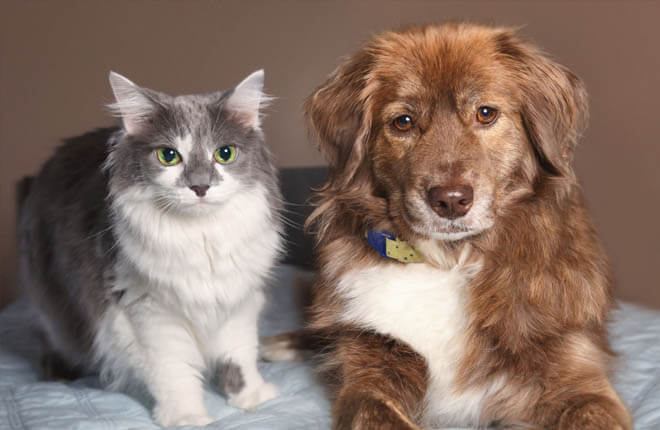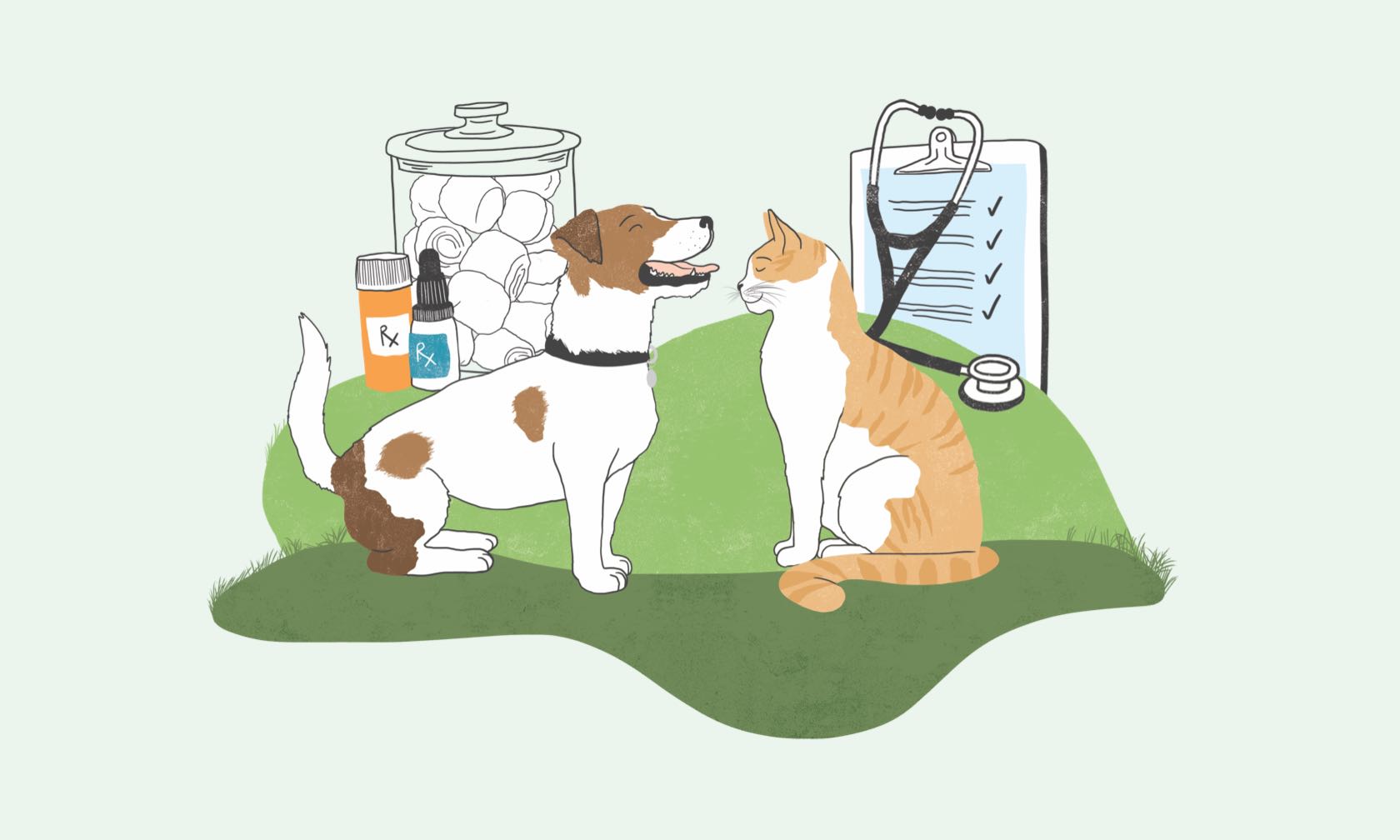Pet insurance isn’t exactly a conversation starter for most people. But because of the love we have for our pets and the lifesaving benefits of pet insurance, that’s starting to change. Here’s a rundown on everything you need to know about pet insurance.
What is Pet Insurance?
Pet insurance is medical insurance to help you cover the cost of veterinary care for your pet if they get hurt or sick. It’s similar to human health insurance in that a monthly premium is paid to the insurance company. In return, the policyholder (the pet owner) receives coverage for a portion of the costs associated with their pet’s veterinary care. Most policies cover unexpected care costs (like diagnostics, treatments, and emergency care). Some offer optional coverage for expected costs like routine wellness or preventative care (such as vaccines and parasite screening tests). One key difference from human health insurance is that with pet insurance you pay the veterinary bill at the time care is provided and then submit the invoice to your insurance company to receive reimbursement – we’ll explain in more detail as we go.
Here are a few things to know and consider as you shop for pet insurance.
Pet insurance policies have several components you should understand before buying a policy, the most common of which are:
- The premium. What you pay every month to maintain the insurance policy.
- The co-pay. The amount of the veterinary bill that you pay regardless of your deductible amount (see below).
- The deductible. The amount of the veterinary bill you have to pay before the insurance reimbursement coverage starts. The deductible often depends on which plan you select. There are two common types of deductibles — an annual deductible where you pay a certain amount towards covered vet bills each year before your reimbursements kick in or a per condition/per incident deductible where you pay a certain amount every time your pet has a new condition.
- The annual or condition payout limit. The maximum amount that the insurance company will pay out in reimbursement in one year or for a specific health condition.
- The reimbursement rate. The percentage of the eligible costs on the veterinary bill that the insurance company will reimburse to you, i.e., 90%.
- Putting it all together. Here is an example in which your co-pay is $20, your deductible is $80, and your reimbursement rate is 90%. If your total veterinary bill is $500, the balance that will be considered for reimbursement is $400 ($500 minus the $20 co-pay minus the $80 deductible). With the reimbursement rate of 90%, you will receive $360 from your pet insurance company (90% of $400).
In most cases the premium cost (monthly cost) and the coverage benefits are directly correlated: generally, the more expensive the policy is, the more reimbursement coverage you’ll receive. In other words, while a lower-cost pet insurance policy might be attractive because it requires lower premiums, it is likely to provide less potential reimbursement than a policy with higher premiums. It may also exclude certain conditions or care options. For this reason, it’s always important to examine an individual policy and call the company before buying to ensure that you are comfortable with the protection it provides. On that note, consider calling all the companies you’re exploring. The insurance providers should be happy to explain their benefits and discuss how they can help with your pet’s healthcare needs.
How Does Pet Insurance Work?
At a very high level, once you have an insurance policy, you pay a monthly fee (premium) and the insurance company reimburses you for your pet’s “allowable” medical expenses. Each pet insurance company has its own rules about what is allowable and what is not allowable. Be sure to do your homework so you fully understand what you’ll be covered for.
When your pet goes to the veterinary hospital, you can request the hospital send a cost estimate (quote) to your insurance provider before treatment is provided. Your insurance provider can then let you know what they’ll cover and what you’ll be responsible for. Sometimes this is not possible if your pet needs immediate emergency or life-saving care, so it is important to understand your policy beforehand. At the time care is provided, you are responsible for paying the bill through your veterinarian. You then submit your invoice or receipt(s) to the insurance company along with claim information (usually a form filled out online or handwritten and scanned and uploaded). Most pet insurance companies will process your claim and issue reimbursement payment in under two weeks after submission.

What Does Pet Insurance Cover?
Pet insurance companies have different rules for what they will cover and how they calculate reimbursement. For example, some policies do not cover the fee from the veterinary visit, only the cost of treatment, tests, and medications. Other policies require that your pet has an annual wellness exam as a prerequisite to receive coverage.
Some insurance companies have an annual deductible, while others have a deductible based on specific medical conditions or treatments administered.
How Much is Pet Insurance?
Pet insurance companies price their policies based on a few factors such as your pet’s age, breed, where you live, the amount of the deductible, reimbursement rate, and payout limits. Depending on these factors, the cost of a policy can range from roughly $43/month to $362/month. In general, the younger your pet is, the lower the monthly cost will be – so it makes sense to consider getting your pet insured when they’re young. Certain breeds can be at a higher risk for various hereditary conditions so consult with your veterinarian and any pet insurance company you are considering before acquiring a new pet, if possible.
Is Pet Insurance Worth It?
For many pet owners, pet insurance is well worth it. Veterinary medicine continues to make major advances every year, helping veterinarians provide the absolute best care for our beloved pets. However, as the quality of veterinary care improves, the cost of care also tends to rise. In addition, emergency care and other unexpected healthcare costs can easily get into thousands of dollars, depending on the condition and necessary treatment. Having pet insurance can provide you with the peace of mind that you’re able to do whatever is needed medically for your pet.
Pet insurance provides pet owners financial coverage so they can feel confident in getting their pets the care they need. Armed with insurance and the knowledge of what is covered, when presented with the cost estimate for making your pet well again, you’ll be able to comfortably and confidently proceed with getting your pet the highest quality of medical care.
ZPC-01205R1





